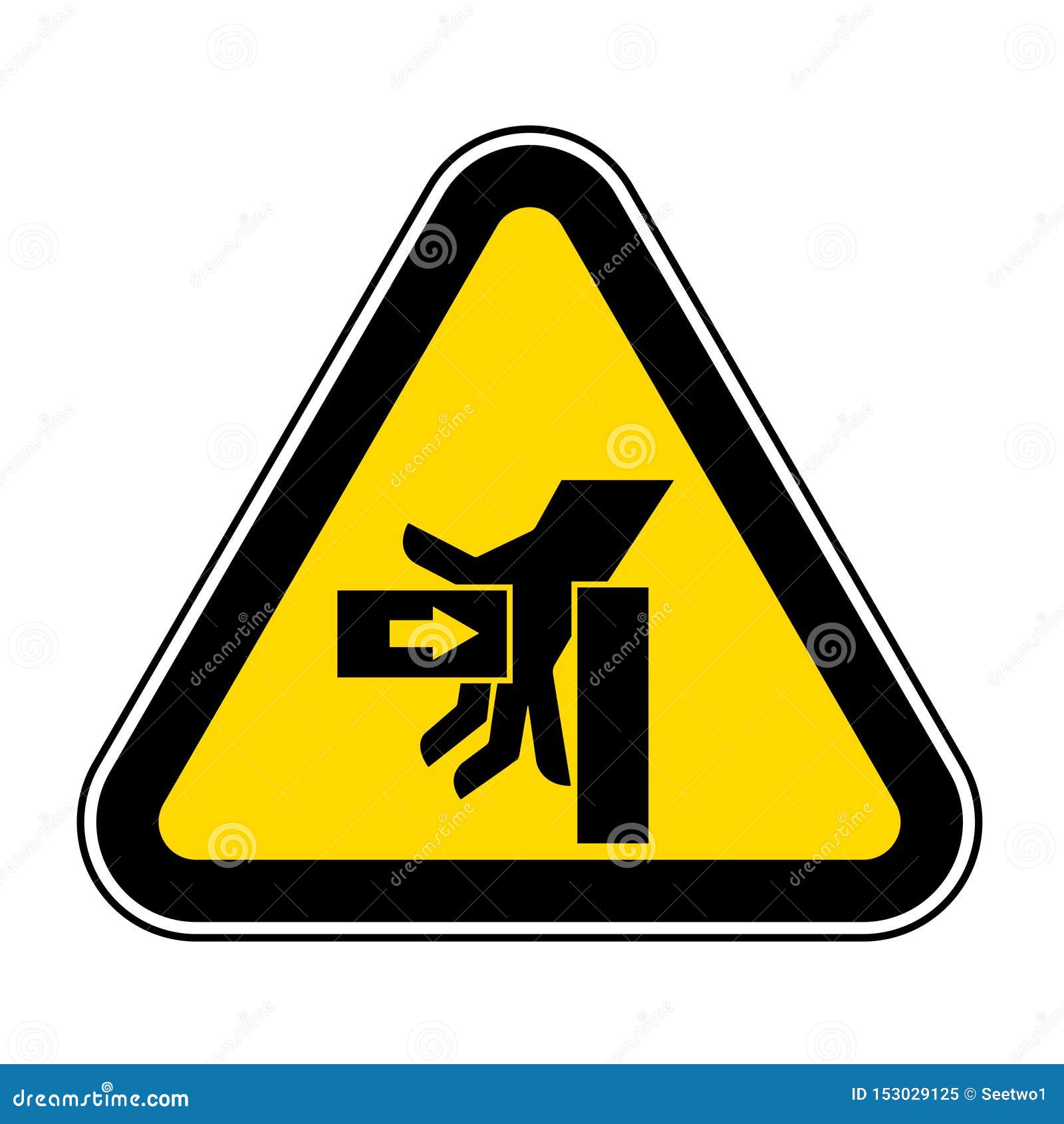

It's also possible that SPEAR-EW may retain SPEAR-3's warhead.

In fact, SPEAR-EW could possibly be programmed to request the retargeting of the SPEAR-3 autonomously depending on the nature of the threat and the commands it has to work off of from the launching aircraft. That is if a standard SPEAR-3 isn't retargeted in real-time via the data-link network to kill the emitter first. In other words, once its jamming job is done, it may be able to make a kill run at the emitter it was targeting. No explosive warhead is needed if it can home in directly on the radar emissions source or if it has GPS coordinates of that source data-linked to it by a third-party aircraft, such as the fighter that launched it.

Punching a hole in a threatening radar dish equals a mission kill. Surgical Prophylaxis: The preoperative administration of a single 1 gm dose of Isozone may reduce the incidence of postoperative infections in patients undergoing surgical procedures classified as contaminated or potentially contaminated.It's also quite possible that SPEAR-EW could be used kinetically even in just a hit-to-kill manner. Isozone has also been used successfully in a limited number of cases of meningitis and shunt infection caused by Staphylococcus epidermidis and E. Meningitis caused by Haemophilus influenzae, Neisseria meningitidis, Streptococcus pneumoniae. coli, Klebsiella pneumoniae, Bacteroides fragilis, Clostridium species, Peptostreptococcus species. coli, Proteus mirabilis, Klebsiella pneumoniae, Enterobacter species. coli, Haemophilus influenzae, Klebsiella pneumoniae.īone and Joint Infections caused by Staphylococcus aureus, Streptococcus pneumoniae, E. Pelvic Inflammatory Disease caused by Neisseria gonorrhoeae.īacterial Septicemia caused by Staphylococcus aureus, Streptococcus pneumoniae, E. Uncomplicated Gonorrhea (cervical, urethral, pharyngial and rectal) caused by Neisseria gonorrhoeae, including both penicillinase- and nonpenicillinase-producing strains, and pharyngeal gonorrhea caused by nonpenicillinase-producing strains of Neisseria gonorrhoeae. coli, Proteus mirabilis, Proteus vulgaris, Morganella morganii, Klebsiella pneumoniae. Urinary Tract Infections (complicated and uncomplicated) caused by E. coli, Enterobacter cloacae, Klebsiella oxytoca, Klebsiella pneumoniae, Proteus mirabilis, Morganella morganii, Pseudomonas aeruginosa, Serratia marcescens, Acinetobacter calcoaceticus, Bacteroides fragilis, Peptostreptococcus species.
CHAINDIVE ISOZONE SKIN
Skin and Skin Structure Infections caused by Staphylococcus aureus, Staphylococcus epidermidis, Streptococcus pyogenes, Viridans group streptococci, E. coli, Enterobacter aerogenes, Proteus mirabilis, Serratia marcescens.Īcute Bacterial Otitis Media caused by Streptococcus pneumoniae, Haemophilus influenzae (including beta-lactamase producing strains), Moraxella catarrhalis (including beta-lactamase producing strains). Lower Respiratory Tract Infections caused by Streptococcus pneumoniae, Staphylococcus aureus, Haemophilus influenzae, Haemophilus parainfluenzae, Klebsiella pneumoniae, E. Isozone is used for the treatment of the following infections when caused by susceptible organisms: Isozone use may also cause biliary sludge or gallbladder pseudolithiasis. Isozone should not be mixed with or giving in the same IV line as diluents/products containing calcium as they may cause ceftriaxone to precipitate. However, resistance to ceftriaxone usually occurs through beta-lactamase hydrolysis, altered PBPs, or reduced bacterial cell permeability. Isozone is stable against hydrolysis by a variety of beta-lactamases, including penicillinases, and cephalosporinases and extended-spectrum beta-lactamases. The bactericidal activity of ceftriaxone results from the inhibition of cell wall synthesis and is mediated through ceftriaxone binding to penicillin-binding proteins (PBPs). Isozone has in vitro activity against gram-positive aerobic, gram-negative aerobic, and anaerobic bacteria. Isozone is a cephalosporin/cephamycin beta-lactam antibiotic used in the treatment of bacterial infections caused by susceptible, usually gram-positive, organisms. Isozone has a high degree of stability in the presence of beta-lactamases both penicillinases and cephalosporinases of gram-negative and gram- positive bacteria. The bactericidal activity of Isozone results from inhibition of cell wall synthesis. Isozone is a sterile, semisynthetic, broad-spectrum, 3rd generation cephalosporin antibiotic for intravenous or intramuscular administration.


 0 kommentar(er)
0 kommentar(er)
